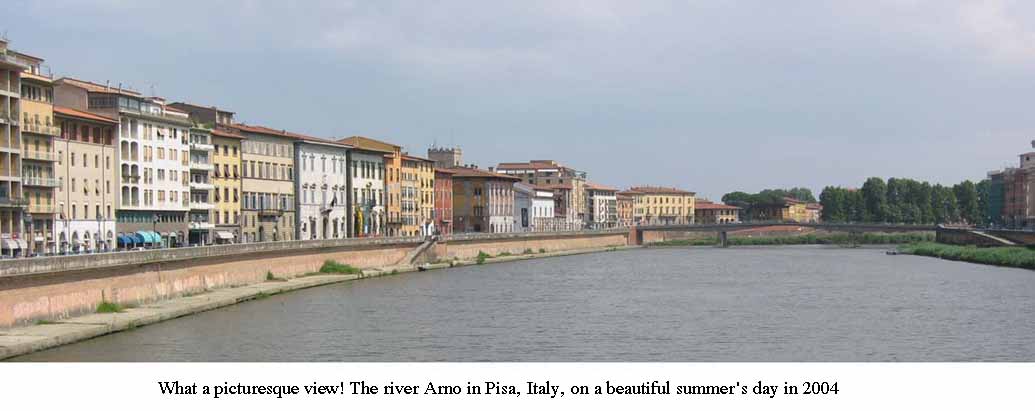The theme of "death" common to Joyce's 'The Dead' and Mansfield's 'The Garden Party'
Some ideas on the theme of “death”
common to Joyce’s The Dead
and Mansfield’s The Garden Party
Whereas in Joyce this theme permeates in a strong undercurrent the short story as a whole, Mansfield seems to touch it only at certain points, occasionally, though deliberately. She seems to link it or rather restrict and reduce it to an issue of a two tier social class divide. There is the solid upper middle class infringed and encroached by ‘the despised’ on the periphery of their ‘habitat’. So in Mansfield there is also contempt and hatred involved, accompanying, subsiding and intensifying the theme of ‘death’ with the story’s further development.
Joyce’s story is marked right from the start by a host of images serving as ‘intensifiers’ of the keynote of it: “death”. The images of “snow”, “rain”, “cold”, to name just a few, but to my mind the most important ones, are inextricably intertwined with each other. They heighten the importance of ‘death’ in ‘life’. They stress the point that there is this seeming contradiction of a simultaneous coexistence and mutual interdependence of those two phenomena. Thus the “faintly falling” ‘snow’ can form a ‘blanket’ keeping warm all it covers or it can lead to ‘death’ through its ‘cold’, etc. It is this kind of ambiguity masterfully designed that leaves hope and future with the ending of this ‘novella’.
Joyce plays on these images like on a harp. Skillfully arranged they form a tune of infinite, fathomless, never-ending meaning(s). They are each deep-going in a sense that the richness of their associative values is larger and more profound than any correlative comparisons in Mansfield’s counterpart of The Garden Party. Joyce’s images do not remain on the surface of things, they go right into the matter, the heart of them. Snow, rain, cold, music (classical music and folklore), language (here the Irish variant of the Celtic language), myth – all these single ‘items’ or images turn into a direction of ‘oneness’, as if they each contributed to a one-world view of a life that is lost, becomes senseless as soon as one of these ‘ingredients’ is missing. So images in Joyce are never images as such, they are reality, real things, concrete factors as if ‘palpable’ (to use this image from Shakespeare’s Macbeth).
Mansfield shares with Joyce this view of a natural, real world as it appears on the surface. Yet this world is traceable in that it has this ‘day by day’ touch of reality. Thus a party is prepared. A lot of things have to be organized. Everything has to be in its right place. What happens, happens within an orderly, routine kind of world.
It is another means by which she scratches underneath the ‘surface of things’. What distinguishes her from Joyce is the language of the sentiment, her perception of minute – on the surface irrelevant – details, which she can describe so expertly. Yet while we can imagine Mansfield’s persons to be able to carry on with their lives even after they have been deprived of these additional, though outstanding characteristics, in Joyce they would never be able to do so. Here such details form constituents (= constitutive elements) without which none of Joyce’s persons could remain a ‘round’ character. So it is the ‘living with the dead’ that from the beginning to the end informs the essence, the gist of his short story. In Mansfield the theme of ‘death’ substantially shapes out in Laura’s epiphany at the very end of the story.
There is one more point in which the two authors differ totally from each other. History, culture, art, as part of man’s inalienable past, never form a major element in Mansfield’s story (and stories in general). At no point in her story does she suggest that life becomes unbearable if man doesn’t cherish their heritage from history. Digging into the past so as to find out who we are and consequently have got to go was never a concern of hers.
Whereas Joyce comes to this psychological and philosophic insight that ‘the dead form the life of the living’ – insinuating at he same time that the ‘dead’ live on in our hearts or that they are just ‘sleeping’, ‘living on’ in another form, so to speak – Mansfield just stops with the question of what life is like. Of course this question derives its particular meaning and acuteness from the context in which it is embedded. Thus we know that Laura – through whom Mansfield obviously speaks – has met with ‘death’ in a way that might leave her suffering from a trauma all her life long. Yet “death” in Mansfield never has this burden of contrastive connotations enriching the mind and imagination of the reader of Joyce. One rather poor possibility of an interpretation of this last scene in Mansfield’s story might consist in that she sees “death” just as a terrible, tasteless event spoiling someone else’s party.
-----------------------------
My tutor’s assessment:
Sensitive reading of Joyce’s artistry, and a good comparison to Mansfield. I agree that Mansfield’s canvas is narrower – indeed, she seems more concerned with the immediate affect of social class than with a Joycean source of history, life and death as metaphysical concerns.

